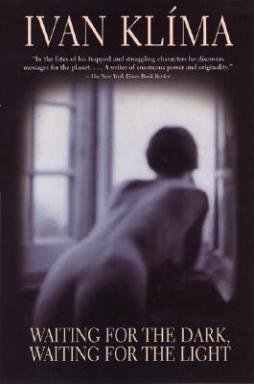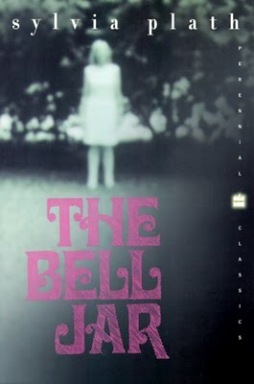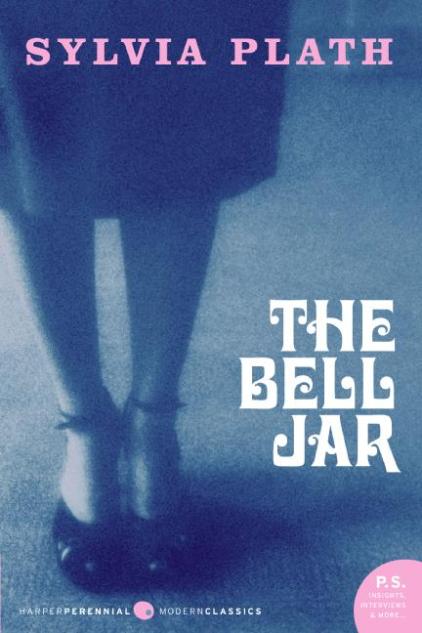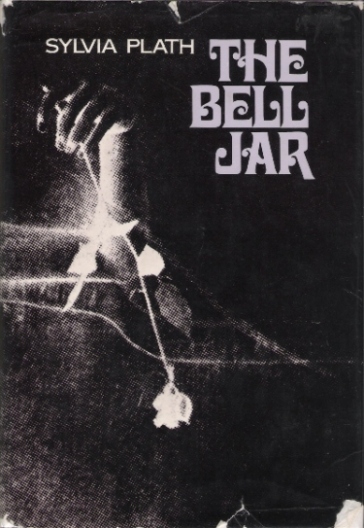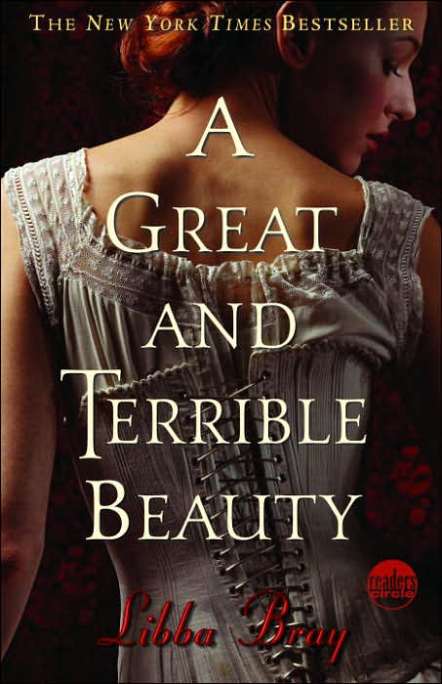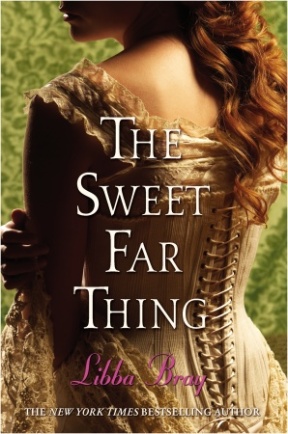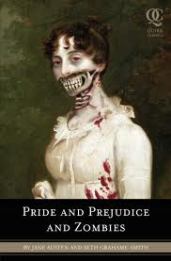I saw this article in my Twitter #Discover feed nestled between an article about some busy-body Americans who fear that the Austrian tradition of the Krampus (link to a video of the annual Krampuslauf in Graz, Austria in case you are unfamiliar with Austrian traditions) is going to corrupt the children–because. . .the Devil, that’s why–and some anecdotal tweets about the best books of 2013. Between all this chaos of moral uproar and best of lists, I found Flavorwire’s “Best Book Covers of 2013“, which made me wonder if this year was really not that great of a year for book covers. Or maybe I just disagree with them on what the criteria are for a good book cover. Although, I’m not going to outright say that because I directly linked to them and I think that they have a right to an opinion, just as anyone else does. Also, I haven’t seen all the book covers of 2013, so maybe I can’t really say that this year was just not a good year for book covers. (But I kind of said it anyway, so oh well.)
But Flavorwire’s article has inspired me to write my own list of good book covers–as in, the book covers that would make me actually pick up a book and read the plot description or the first page. So this–Nikki’s list of Good Book Covers through the Ages (classic reprints and alternate covers also included)–now exists.
1.) No Saints or Angels, by Ivan Klima (English edition)
Why this is a good cover:
There is something hauntingly beautiful about the angle at which the photo of this already hauntingly beautiful angel was taken. It’s also a great representation of Czech culture, with a little bit of irony thrown in (with some help from the title). But Klima’s (I don’t have a Czech keyboard, so I apologize for the misplaced accent) books usually have some interesting cover images. I don’t know if it is because I just like the Czechs’ visual preferences, or if perhaps the theme of the book itself makes these kind of cover image choices an option.
Another good book cover belongs to Klima’s Waiting for the Dark Waiting for the Light:
The nude woman with a fit body aside, I think the photograph offers not only a lovely setting (old fashioned windows thrown open and that broad sill), but also the photographer has made good lighting and coloring choices and the pose of the model evokes really strong emotions in the viewer, considering it is a book cover. The model seems deep in thought and as though she is waiting for something–like she’s tormented by something, but also perhaps that she is anxious and on the look-out for something or someone that she expects to come. If the cover photo/image itself can make me speculate about what is going on in it, then I’m going to pick up the book. I expect the book to be an explanation of what is going on in the cover, or the cover somehow relating to the theme(s) of the book.
2.)Voluntary Madness: My Year Lost and Found in the Looney Bin, by Norah Vincent
I picked this book up to read because I was writing a research paper on the differences between the various options we have for people with mental illness in the United States (spoiler alert: the best options are financially out of reach for a majority of people with mental illness). After going about 5 years since I’ve read this book, I still recall loving the cover. Even if the subject of the book was not relevant to a project I was doing or I didn’t have to read it for whatever reason, I still would have picked this book up and read it from cover to cover. I guess I like this cover because it is relevant–again–to the content of the book. It isn’t just a colorful gimmick intended to catch a book store browser’s eyes. It gives a visual point-of-reference to the settings explored within the book.
3.) The Bell Jar, by Sylvia Plath (Multiple editions)
2000 Harper Perennial Classics Modern Edition:
2005 Harper Perennial Classics Modern Edition (I own this version):
1971 Harper & Row Edition:
While writing this, I’m recalling that I have a bit of a flare for the dramatics in my daily life, so of course these covers are going to be on my list. Why do these images visually appeal to me though? I guess the same could be observed about the lighting choices and the way that the 1971 edition photo was developed (I’m not a photographer and my friends who are well-versed in old-school photographic technique also only speak German. . .so I lack the proper terminology to describe this.) I guess I also like the choice of props and subjects represented within the photos. I like the distance expressed by the models in all the photos. It appears as though they seem to be hiding, or someplace distant that one must work hard to get to. Plath’s narration in the novel seems emotionally distant at times with a bit of insight thrown in every so often, but told in a way that you really must work and think over the words to get the full implication behind them (just my interpretation, feel free to disagree).
4.) A Great and Terrible Beauty and The Sweet Far Thing, by Libba Bray
After I had graduated high school, I started reading solely literary fiction and the classics that I did not read in high school (with some adult fantasy and horror thrown in for good measure). If it weren’t for the cover image of the first book in this series (A Great and Terrible Beauty) I wouldn’t have read it, because it’s teen fiction. But I am a huge fan of this series now, even after stumbling upon it when I no longer considered myself a YA reader. The reasons why this cover is good are pretty obvious. The attention to historical detail and the pretty laces and corset are visually appealing. I’m not sure how relevant this is to the underlying theme of the series, but it gives a somewhat shallow point of reference to a piece of the wardrobe worn by some girls and women of that time period.
5.) Pride and Prejudice and Zombies, by Jane Austen and Seth Grahame-Smith
I suppose that without such a concept, such a book cover would never come into existence. But this is just a very unique cover image. I’m not sure how creative it is, but you can tell that an artist put a lot of work into it. It’s just gorgeous, creepy, and so explanatory at the same time.
In conclusion, perhaps what makes a good book cover is ultimately subjective and not something that can be organized into a tight, marketing formula. Yes, colors definitely affect a person’s attitude toward a book. But, if the book deals with a somber or solemn plot/theme, perhaps yellow and red would not be appropriate for the book. Furthermore, what makes a good book cover completely depends upon the audience the author is writing for. Many of my selections were intended to appeal to a more solemn, less excitable audience. I don’t think it would be appropriate for The Bell Jar to have the same color scheme as any of the cover editions of Naked Lunch, for example, because both novels are written in completely different tones. Many of the book covers I see often do not reflect upon the actual tone of the book, and so this confusion created by a cover that doesn’t relate to the story or capture the tone of the narrator very well leaves me with a bad taste in my mouth. I can think of some really great books that were written in a somber, slow tone, but featured colors that inspire excitement and anxiousness in the viewer (like my edition of Love in the Asylum, ordered online because I was interested in the theme and the story, featuring a very red cover). Also, many bibliophiles just gravitate toward visually stunning covers. To them (and to me), everything about the book (the writing within it, the cover, the inside of the jacket, and the font and layout of the pages) is a part of a work of art.

